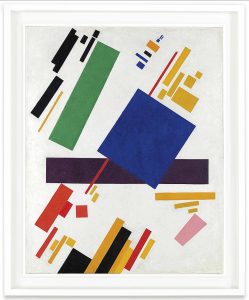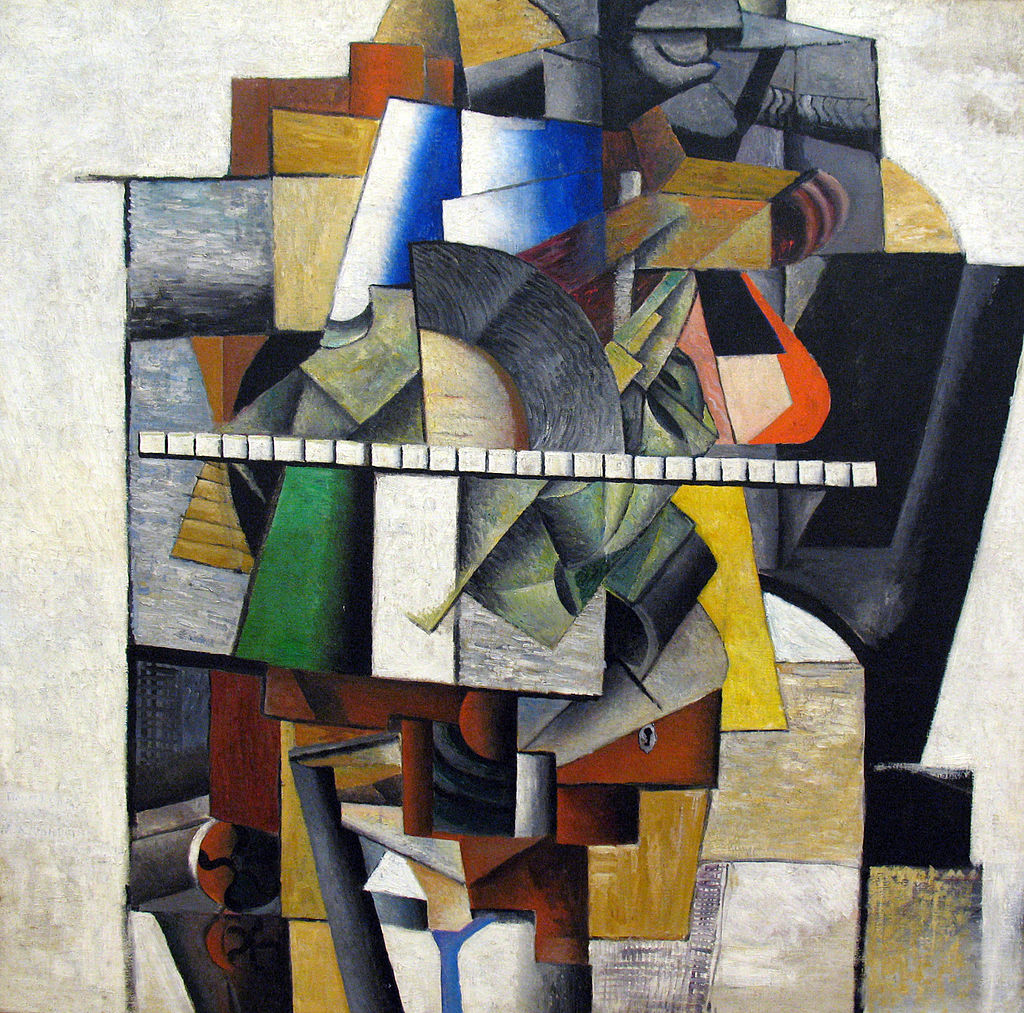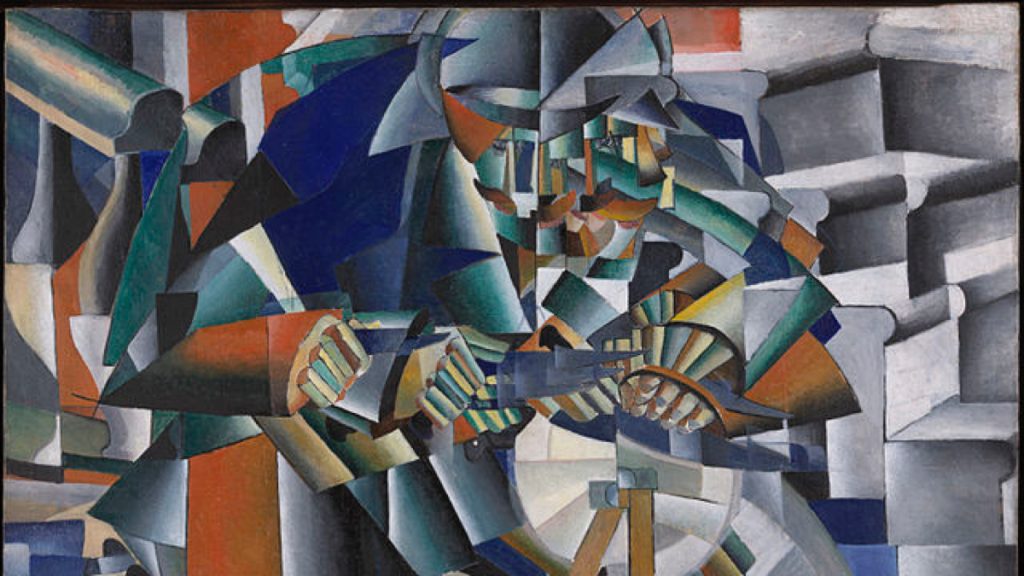Abhishek Kumar
February 23, ON THIS DAY
“Art no longer cares to serve the state and religion, it no longer wishes to illustrate the history of manners, it wants to have nothing further to do with the object, as such, and believes that it can exist, in and for itself, without “things” (that is, the “time-tested well-spring of life”).”
Kasimir Malevich
Kazimir Malevich was a Russian painter and art theorist who is widely considered one of the most important and influential artists of the 20th century. He was a pioneer of the abstract art movement and is best known for his development of Suprematism, an art style characterized by simple geometric shapes and pure colours.
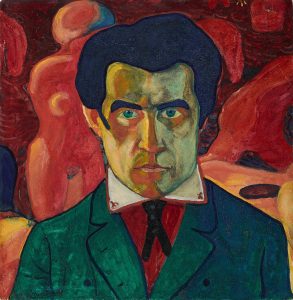
Kazimir Malevich was born on February 23, 1879, in Kiev, Ukraine, which was then part of the Russian Empire. He came from a Polish family and was raised in a religious household. After completing his primary education, Malevich studied at various art schools in Kiev, Moscow, and St. Petersburg. In the early years of his career, Malevich worked as a painter, illustrator, and designer. He was influenced by a variety of art movements, including Impressionism, Symbolism, and Futurism. However, he soon began to develop his own unique style, which emphasized geometric shapes and bold colours.
Kazimir Malevich’s artistic style evolved significantly over the course of his career. In his early years as an artist, he was influenced by Impressionism and Symbolism and created figurative paintings and illustrations. However, he gradually moved away from representational art and began to experiment with more abstract forms. Malevich’s breakthrough came in 1915, when he developed the art style known as Suprematism. This style was characterized by simple geometric shapes, such as squares, circles, and rectangles, and primary colours, such as red, yellow, and blue. The aim of Suprematism was to create a sense of purity and simplicity in art, free from the constraints of the physical world.
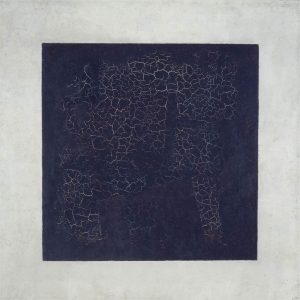
Malevich’s Suprematist art was characterized by the use of geometric shapes and primary colours arranged in simple, abstract compositions. He believed that these basic forms could evoke a spiritual feeling in the viewer and communicate a sense of universal harmony and order. Malevich’s Suprematist art was not only a rejection of representational art but also a rejection of the dominant art movements of his time, such as Cubism and Futurism. He believed that these movements still retained some connection to the physical world and that true art should break free from all references to reality.
In 1915, Malevich published his manifesto “From Cubism to Suprematism,” in which he laid out the principles of his new art style. He believed that art should be free from representation and that the true essence of art was the purity of form and colour. Malevich’s most famous work from this period is “Black Square” (1915), which is a black square painted on a white background. This work has been interpreted as the ultimate expression of non-representational art, and it remains one of the most iconic works of the 20th century. Malevich continued to develop his style in the years that followed, creating works such as “White on White” (1918), which consists of a white square painted on a white background. He also experimented with three-dimensional forms, creating sculptures that reflected the geometric principles of Suprematism.

Malevich’s ideas had a profound impact on the development of abstract art and influenced many artists in the 20th century, including Piet Mondrian and Wassily Kandinsky. Despite his international success, Malevich faced persecution from the Soviet government, which viewed his art as decadent and bourgeois. His work was banned from exhibition, and he was forced to return to a more conventional style of painting.
Malevich’s Suprematist ideas extended beyond the visual arts and influenced other areas of culture, such as literature and music. He believed that the principles of Suprematism could be applied to all aspects of human life and that it represented a new way of thinking about the world. Malevich died of cancer in Leningrad (now St. Petersburg) on May 15, 1935. His work was largely forgotten during the Soviet era but was rediscovered and celebrated in the West after World War II. Malevich is celebrated as a pioneering example of abstract art and a revolutionary figure in the history of modern art. His ideas about the importance of pure feeling and the liberation of the artistic imagination continue to inspire artists and thinkers around the world.

